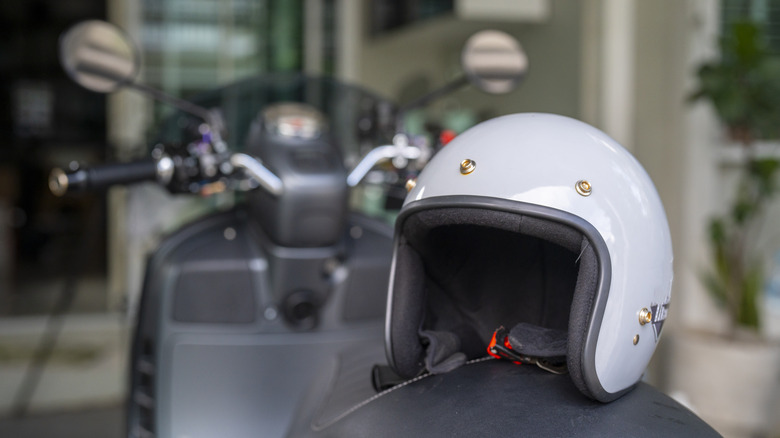The Importance of a Proper Helmet
If you’ve decided to take up motorcycling, congratulations! You’re joining a community that values freedom and adventure. However, before you hit the road, there are several essential items you’ll need. Among these, one of the most critical is a helmet — a piece of safety gear that can make all the difference in a crash.
While it’s easy to find a Department of Transportation (DOT)-certified helmet for as low as $33 on platforms like Amazon, it’s important to understand that legal doesn’t always mean safe. These helmets meet minimum standards but may not offer the best protection in the event of an accident. Your head is worth more than $33, so investing in a better-quality helmet is a wise decision.
What Makes a Helmet Safe?
The issue with DOT regulations is that they haven’t been updated since 1974, despite significant advancements in understanding head and brain injuries over the decades. DOT certification relies on manufacturers’ assurances rather than rigorous testing. This means that while a DOT-certified helmet might prevent skull fractures, it may not provide much protection against concussions.
For a higher level of safety, consider the Snell Memorial Foundation. Snell sets stricter standards for helmets, requiring them to absorb more force than DOT-certified models. Additionally, Snell-certified helmets must withstand two impacts on the same spot, although it’s still advisable to replace a helmet after any significant impact.
Even Snell isn’t the top choice when it comes to helmet safety. The Economic Commission for Europe (ECE) and its ECE 22.06 standard is considered the gold standard. This certification takes into account modern knowledge about how brains move within skulls and aims to prevent concussions, not just skull fractures. Helmets certified by the Fédération Internationale de Motocyclisme (FIM) also align closely with ECE 22.06 standards, making them equally effective.
Finding the Right Fit
Once you’ve narrowed down your options based on safety certifications, the next step is to consider the shape of your head. Most Americans have an “intermediate oval” head shape, which many helmets are designed to fit. However, different brands may have slight variations, so it’s best to try on multiple helmets at a local dealer or gear store.
To determine your head shape, you can use a camera and tripod, but if you have hair, this might be challenging. Instead, visit a store that carries various brands and spend at least ten minutes trying on each helmet. Pay attention to areas where pressure feels uncomfortable or where there are hot spots. If these issues can’t be resolved by adjusting the padding, that helmet may not be the right fit for you.
Additional Features to Consider
After ensuring the helmet meets your safety and fit requirements, think about additional features that suit your riding style. If you tend to get warm easily, look for a helmet with good ventilation, such as dual-sport or adventure models. For those who ride in rainy conditions, a helmet with a Pinlock system — a double-pane visor that prevents fogging — is ideal.
If you want to listen to music or receive navigation directions while riding, avoid purchasing an expensive helmet with built-in Bluetooth. Instead, opt for a third-party communication system from brands like Cardo or Sena. These systems can be mounted on any helmet and offer reliable performance without the extra cost.
Final Thoughts
By focusing on safety, sizing, and features, you can find a helmet that not only protects you but also enhances your riding experience. A well-chosen helmet will ensure comfort, reliability, and peace of mind, allowing you to enjoy the thrill of motorcycling without unnecessary risks. As the riding season approaches, take the time to shop for the right helmet — it’s an investment in your safety and enjoyment.







